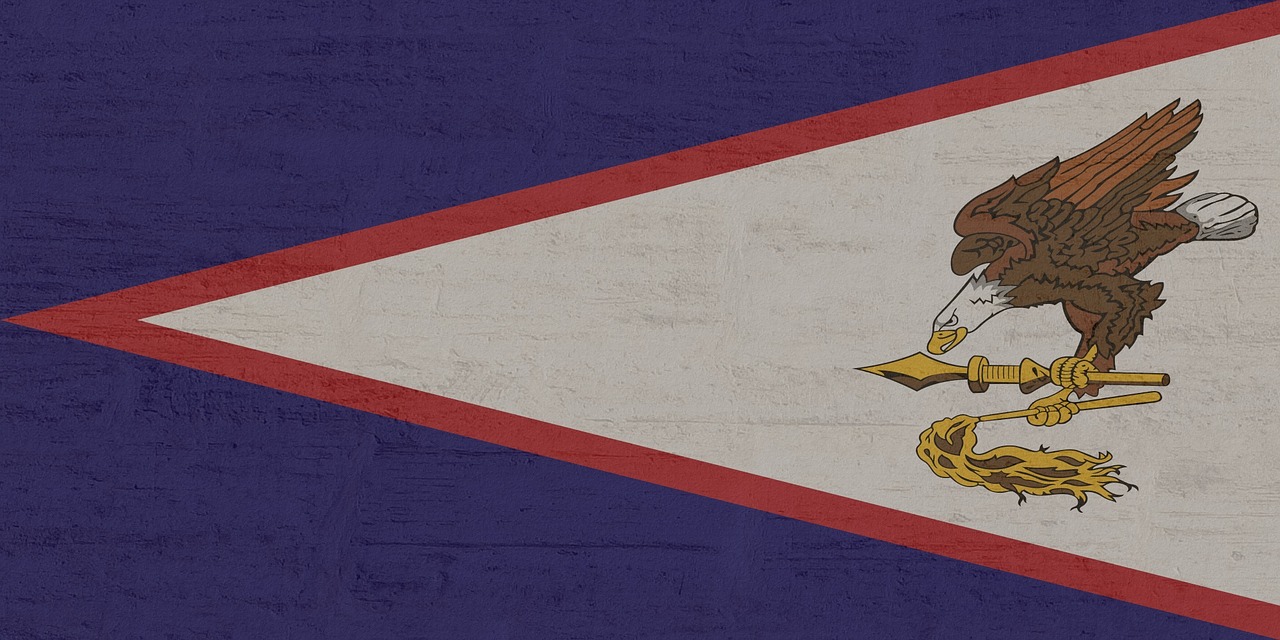Samoa Video
Language and Communication: Overcoming Barriers in Samoa
Introduction
Language and communication play a vital role in our daily lives. They enable us to express ourselves, share ideas, and connect with others. However, in a diverse world like Samoa, where multiple languages and dialects are spoken, language barriers can pose significant challenges. This article explores the various aspects of language and communication in Samoa, including the barriers faced and the strategies employed to overcome them.
Language Diversity in Samoa
Samoa is a culturally rich country located in the South Pacific Ocean. It comprises two main islands, Upolu and Savai’i, and is home to a population of approximately 200,000 people. The official languages of Samoa are Samoan and English. Samoan, an Austronesian language, is widely spoken by the majority of the population, while English is predominantly used in formal settings such as education and government.
- Samoan Language: Samoan is a Polynesian language that holds immense cultural significance in Samoa. It is the mother tongue for the majority of Samoans and serves as a means of preserving their heritage and traditions.
- English Language: English is taught in schools and serves as a lingua franca for communication with the outside world. It plays a crucial role in business, tourism, and international relations.
- Dialects: Within Samoan, there are various dialects spoken across different regions of Samoa. These dialects may have slight variations in vocabulary, pronunciation, and grammar.
Barriers to Effective Communication
While language diversity enriches Samoa’s cultural tapestry, it also presents challenges in communication. The following are some barriers commonly encountered:
- Language Proficiency: Limited proficiency in either Samoan or English can hinder effective communication, especially for non-native speakers or those with limited education.
- Vocabulary Differences: Different dialects and languages may have unique vocabulary, making it challenging to convey precise meanings and understand each other fully.
- Cultural Differences: Cultural nuances and customs can impact communication styles and understanding. Different cultural backgrounds may interpret gestures, body language, and tone of voice differently.
- Non-Verbal Communication: Non-verbal cues, such as facial expressions and gestures, can vary across cultures. Misinterpretation of these cues can lead to misunderstandings.
- Technological Barriers: Limited access to technology, internet connectivity, or familiarity with digital communication platforms can impede effective communication.
Strategies for Overcoming Language Barriers
Despite these challenges, Samoans have developed several strategies to overcome language barriers and foster effective communication:
- Language Learning: Efforts to learn both Samoan and English are encouraged, enabling individuals to communicate in multiple languages and bridge the gap between different language groups.
- Interpretation and Translation Services: Professional interpreters and translators play a crucial role in facilitating communication between individuals who do not share a common language.
- Language Exchange Programs: Language exchange programs provide opportunities for individuals to practice and improve their language skills by interacting with native speakers.
- Cultural Sensitivity and Awareness: Developing cultural sensitivity and awareness helps individuals understand and respect different communication styles and customs.
- Visual Aids and Multimodal Communication: Utilizing visual aids, such as images, videos, and gestures, can enhance understanding and bridge language gaps.
- Technology and Digital Communication: Embracing technology, including video conferencing, instant messaging, and translation apps, can facilitate communication across language barriers.
Samoa Image 1:

Language Preservation Efforts
Preserving the Samoan language and culture is of utmost importance to the people of Samoa. Various initiatives and programs have been implemented to promote and maintain the vitality of the Samoan language:
- Samoan Language Week: Samoan Language Week is an annual event dedicated to celebrating the Samoan language and culture through various activities and events.
- Language Education: Schools in Samoa emphasize the teaching of Samoan language and culture, ensuring that younger generations are fluent in their mother tongue.
- Oral Traditions and Storytelling: Traditional oral storytelling practices help preserve the Samoan language and pass down cultural knowledge from one generation to another.
- Community Engagement: Community gatherings, cultural festivals, and language-focused events foster engagement and encourage the use of the Samoan language.
Samoa Image 2:

Conclusion
Language and communication are vital components of any society, and Samoa is no exception. While language barriers can pose challenges, the people of Samoa have embraced various strategies to overcome them. By promoting language learning, cultural sensitivity, and technological advancements, Samoa continues to foster effective communication and preserve its rich linguistic heritage.
References
- Samoan Language Commission: samoanlangcommission.org
- Government of Samoa: samoa.gov.ws
- Samoan Language Week: samoanlanguageweek.co.nz
- UNESCO Atlas of the World’s Languages in Danger: unesco.org/languages-atlas
Samoa Image 3:



